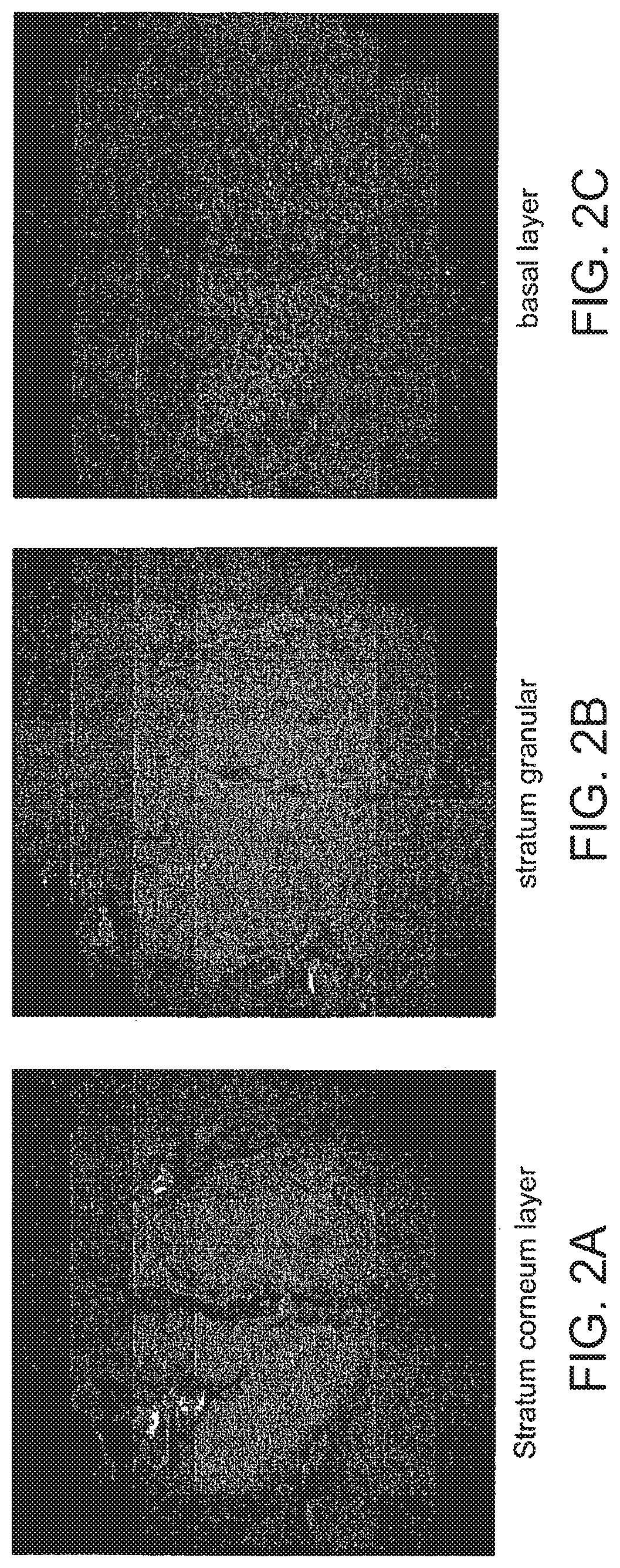Multifocal imaging systems and method
a multi-focal imaging and imaging system technology, applied in the field of multi-focal imaging systems and methods, can solve the problems of reducing the resolution of the resulting image, affecting the usefulness of tissue images, and cross-talk that can occur, so as to achieve fast imaging of the material
- Summary
- Abstract
- Description
- Claims
- Application Information
AI Technical Summary
Benefits of technology
Problems solved by technology
Method used
Image
Examples
case 1
[0165]The normalized signal distribution resembles the normalized power map squared and shows an intensity drop of 45% toward the corner PMTs in respect to the center PMTs. The laser power was attenuated to 75.3 mW in the sample and can reach a maximal value of approx. 645 mW, resembling a power of approx. 15 mW for the center foci in the sample. Measured intensity profile can be generated by imaging a homogeneously distributed fluorescent dye under a cover slip. The intensity measurement is not only mapped by the power / intensity distribution of the foci, but also by the sensitivity of the detector array. As a result it resembles the “true” measured intensity distribution. The image consists of 192×192 pixels and was generated by an array of 6×6 foci which were scanned across a uniform fluorescent dye sample. 2D xy image normalization is carried out in different ways:[0166] The normalized inverse of this intensity image (from a uniform fluorescent dye) is multiplied with the yx imag...
PUM
 Login to View More
Login to View More Abstract
Description
Claims
Application Information
 Login to View More
Login to View More - R&D
- Intellectual Property
- Life Sciences
- Materials
- Tech Scout
- Unparalleled Data Quality
- Higher Quality Content
- 60% Fewer Hallucinations
Browse by: Latest US Patents, China's latest patents, Technical Efficacy Thesaurus, Application Domain, Technology Topic, Popular Technical Reports.
© 2025 PatSnap. All rights reserved.Legal|Privacy policy|Modern Slavery Act Transparency Statement|Sitemap|About US| Contact US: help@patsnap.com



